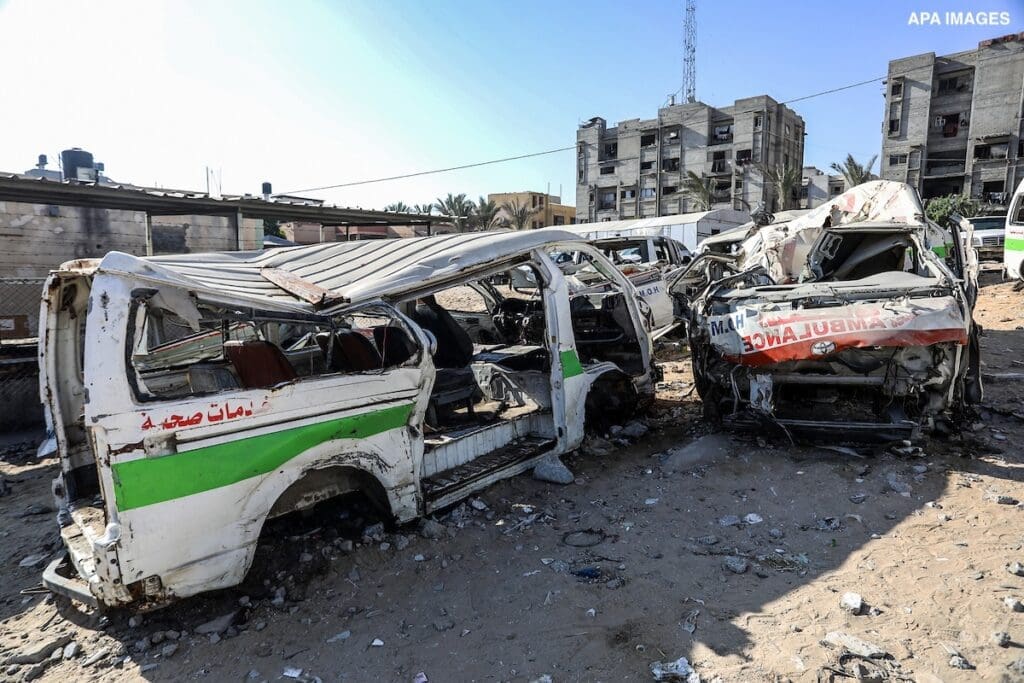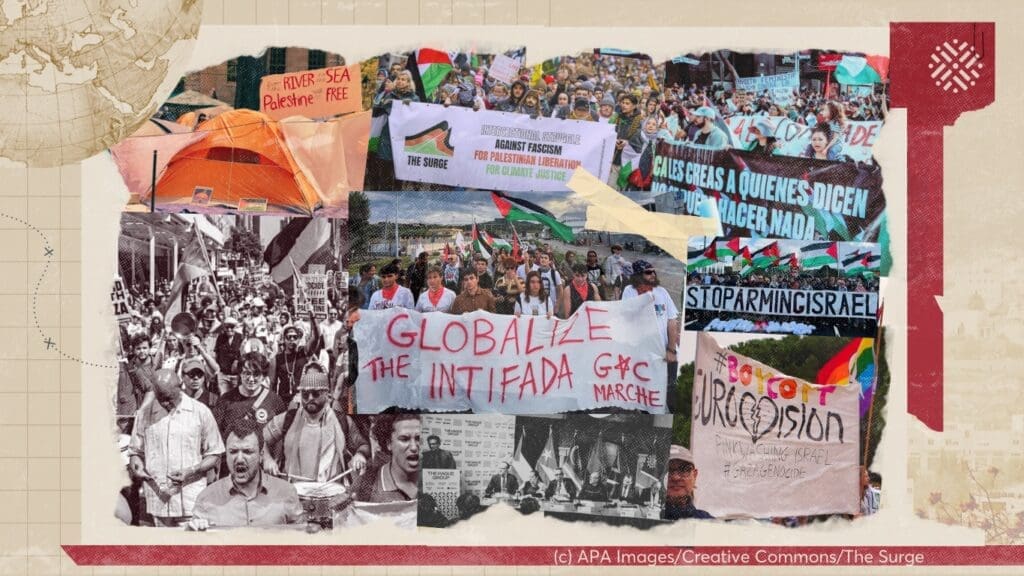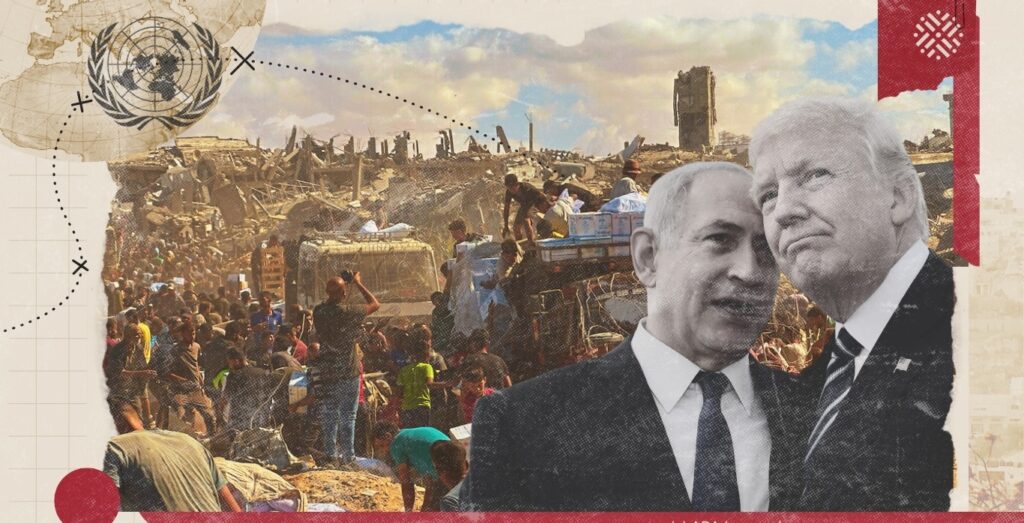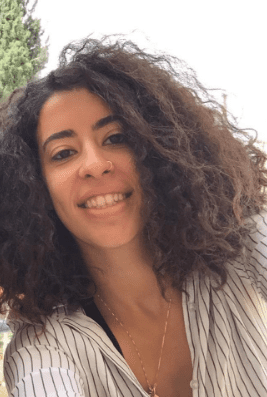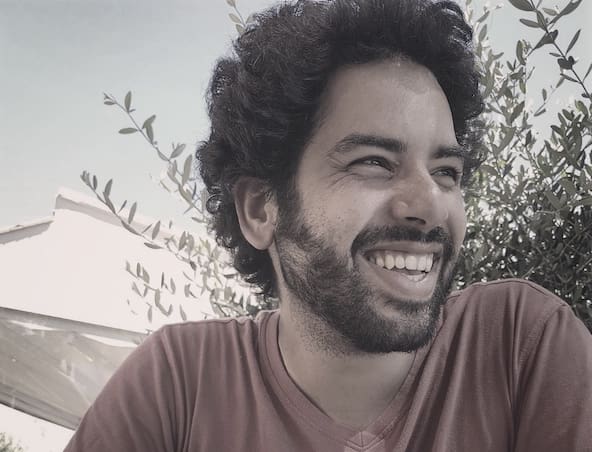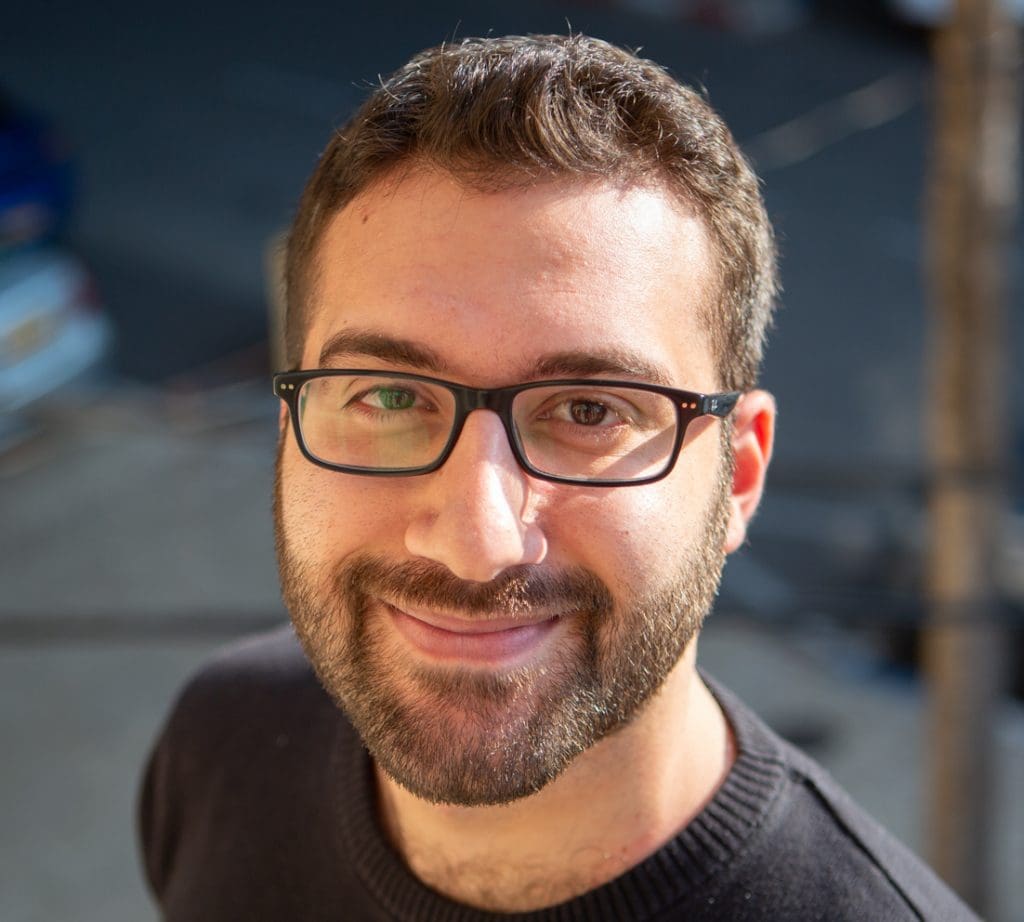
Why is a collective narrative important to the Palestinian liberation struggle? What challenges do the Palestinian people face in promoting their narrative, and who has legitimacy to promulgate it?
Al-Shabaka analysts Tamara Ben-Halim and Hazem Jamjoum weigh in on these questions and more in this month’s Palestine Policy Lab, facilitated by Amjad Iraqi.
Al-Shabaka Policy Member Tamara Ben-Halim holds an MSc in Human Rights from the London School of Economics and an MA in Modern European Languages from...
Al-Shabaka Policy Member Hazem Jamjoum is a graduate student in Modern Middle East History at New York University. His writing has focused on political-economy approaches to...
Al-Shabaka Member Amjad Iraqi is an editor and writer at +972 Magazine, based in Haifa. He was previously an advocacy coordinator at Adalah - The...

